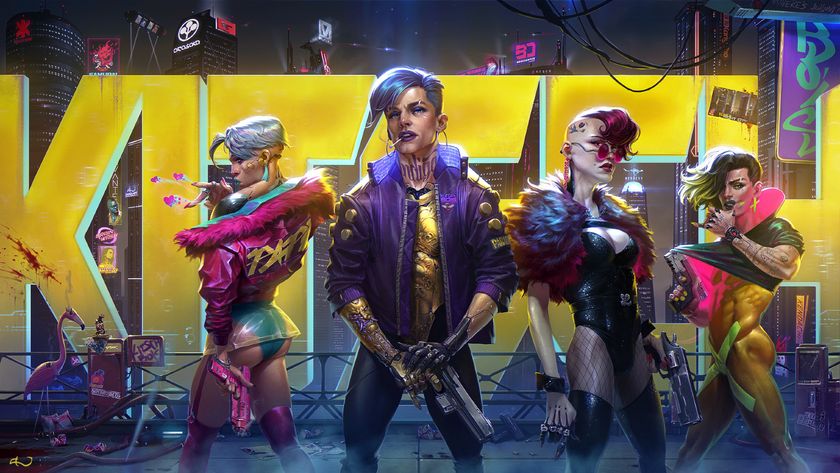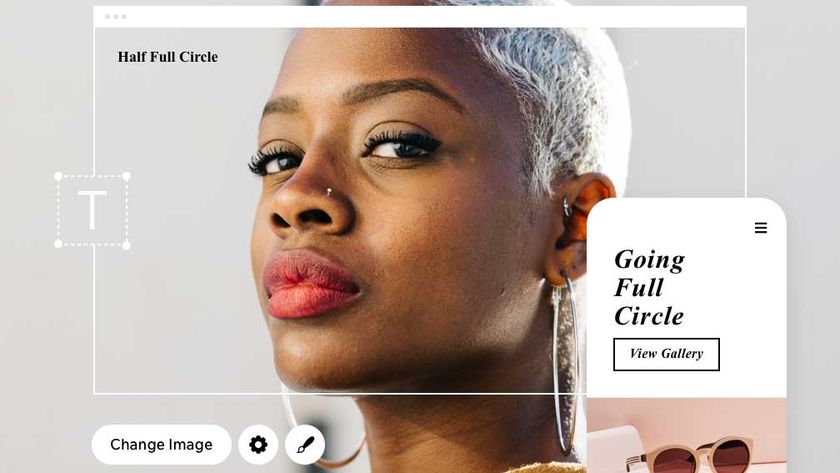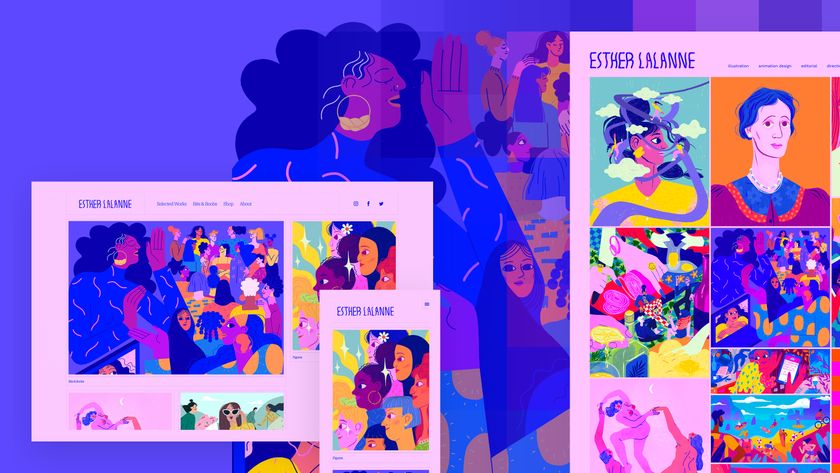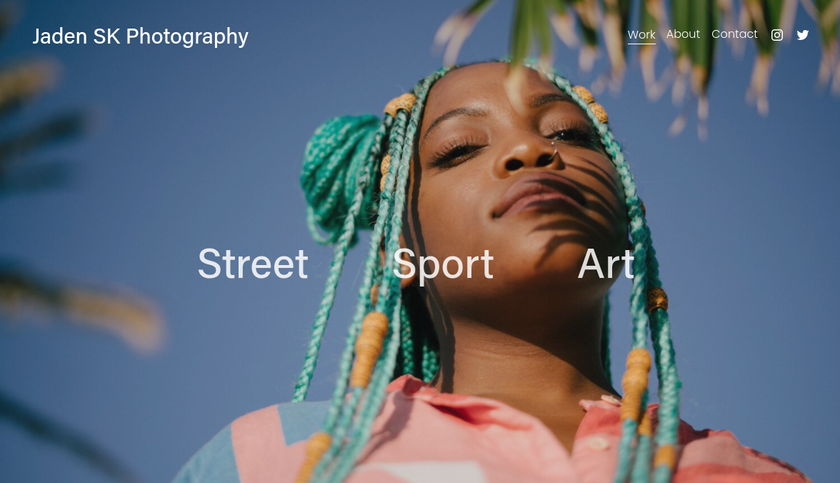15 pro tips for crafting the perfect showreel
Leading animators from Pixar, Naughty Dog and Blue Sky Studios share their best advice for showreel strategy.
If you work in the fast-paced animation industry, it’s essential to have an up-to-date showreel. Whether you specialise in films, video games, television or mobile, animation can be a volatile field: studios close; projects are cancelled; technology changes rapidly.
“It’s important to stay on your toes,” says Jonathan Cooper, an animator at American video game developer Naughty Dog. “Always have as much recent work as possible available to make a demo reel in a bind – with permission, of course.
“Even beyond job-hunting, though, your showreel is a great way to get your work out there in the animation community – outside of the actual finished product on the shelves – highlighting your skills and what you specifically worked on,” he continues.
So what’s the secret to creating the perfect animation showreel? Should you tailor it? And what do the world’s top studios want to see? After all, you’ve only got one chance to make a lasting impression.
Leading animators from Pixar, Blue Sky Studios and Naughty Dog share their best advice for creating the perfect showreel...
01. Show storytelling

“Piece together pieces so that you’re telling your prospective viewer that you understand cutting, continuity and staging. You want to say: ‘Hey, I’m a film-maker’,” advises Pixar Animation Studios directing animator Andrew Gordon, who’s worked on everything from A Bug's Life, Monsters Inc and Toy Story 3 to Pixar’s Academy Award-nominated short film Presto.
“I love the idea of seeing a lot of shots and continuity. Show me a character that I’m really engaged in watching; that’s well-posed and has a funny little story. When I see that, I know this person is thinking about entertainment. People don’t want to see just great animation. They want to see if you can tell a story.”
02. Entertain
“At Disney we would talk about portfolios that stuck out – and they stuck out because the work was consistently entertaining throughout,” explains Oscar-nominated animator Aaron Blaise. “We’re in the business of entertainment. I want your portfolio to entertain me.”
03. Demonstrate the principles of animation
“I look for stuff that first and foremost shows someone understands the principles of animation,” says Gordon. His blog, Spline Doctors, has a wealth of helpful animation-related tips, although it is no longer being updated.
“They need to understand weight, physicality, overlap, squash and stretch,” he continues. “More importantly is the ability to show that somebody has good acting sensibilities and understands how to gesture or when not to gesture.”
04. Add personality
“Remember, we're artists,” points out Lisa Allen, an animator at NYC’s Blue Sky Studios and portfolio reviewer at the most recent CTN animation expo. “Don't forget to put yourself into your work.”
Remember, we're artists. Don't forget to put yourself into your work.
Lisa Allen, Blue Sky Studios
Allen’s worked on Epic, Rio 2, Peanuts and Disney’s Wreck It Ralph, and was a year-and-a-half out of college when she won her first full-time animation job. “I was a junior-level animator at the time, but they liked that I took a simple, quick shot of a guy walking and talking, and gave the walk a lot of personality,” she recalls.
“You can watch a reel with great animation, where the polish, arcs, everything is perfect. But what makes me remember it is that one unique choice – maybe it’s an unexpected acting choice; maybe it’s surprising and interesting timing. These little things make me think, ‘Oh, this animator can bring ideas to the table that no one else would think of.’”
05. Less is more
“For me, the perfect reel is about three-five clips and around a minute long. If you're on the fence about throwing in that one old piece from three years ago just to pad your reel, don't do it,” states Lisa Allen. “If the clip doesn't represent your full abilities as an animator, and leaves the reviewer questioning anything, it’s better to leave it out and have a shorter reel.”
06. Quality, quality, quality
“I’m a broken record on this, but only include your best, most impressive work, urges Aaron Blaise. “If you’re an animator, I don’t want to see the walk cycles you did in your first year of college. I want to see your latest, best work. Remember: quality over quantity.”
If you have a thesis film, I want to see it finished. Unfinished thesis films speak volumes about the person presenting the portfolio. It could be poor time management, lack of focus, an inability to gauge ones work abilities. None of these are good.”
07. Tailor your reel
“For a game-focussed animation reel, I hope to see actions and a style that pertain to the role I'm hiring for,” says Naughty Dog’s Jonathan Cooper, who’s posted some handy showreel tips section on his website, GameAnim and has worked on games including Uncharted: The Lost Legacy.
“For the types of games I make, this means navigation around a complex environment involving jumping, climbing and vaulting, one-on-one-combat, walk and run cycles and so on,” he explains. “Dialogue and acting scenes are a huge bonus, as we're always blurring the lines between gameplay and cinematic storytelling, and game animators are typically expected to at least have a hand in both aspects on the job.
“Some camera work – or at least decent framing of the animated characters – will help you stand out from reels that have none,” he continues. “Just try to show your characters in the best light possible. Final production quality – render, lighting, music – matters, because it gives an idea of how polished you finish your work.”
08. Put your best work first
“Demo reels are traditionally ordered by the quality of work, with the best first and moving from there,” adds Cooper. “This has the dual benefit of grabbing my attention immediately with the best example and tells me what the animator believes to be best in that order which can often reveal some blindspots in their self-critique.”
09. Ditch long animated titles
“One thing that immediately puts me off is a long animated title,” says Cooper. “Don't waste time with that – an animator only has a few minutes to show their work and this kind of padding goes against the need to show as much quality work as possible, within the few minutes someone hiring will afford on your portfolio.”
10. Customise your rig

“The number one thing that I really don’t like is the use of a rig that I’ve seen a million times before, when it hasn’t been customised,” says Gordon. “You can spot them: there’s the Animation Mentor rig, the iAnimate rig, the Norman rig. The problem comes when people forget to customise the rig and don’t make it their own. It just looks like a store-bought product.
“Leaving the default shading and geometry in place is a bad idea. It shows a potential employer that you don’t really have the imagination to come up with a character and scenario to do something original. Whenever I see any stock rig and or situation, I usually end up not watching much…”
11. Don’t forget the breakdown
“Include a short written description of each shot,” advises Allen. “For example, where did you get the rigs from? Make sure you give credit. If you only animated part of the shot, make sure you specify which characters.”
Cooper agrees: “The only written info required is the breakdown,” he says. “It’s essential for describing exactly where the animator was involved on team-created work and avoids confusion at the interview stage.”
12. Stand out with personal projects
“Something that grabs my attention is usually an action or acting sequence that I haven't seen a million times before,” says Cooper. “As such, if you're a student and you start your reel with your class assignments, I’m almost guaranteed to have seen several other reels with the exact same actions and characters.”
Something that grabs my attention is usually an action or acting sequence that I haven't seen a million times before
Jonathan Cooper, Naughty Dog
“Make sure you include personal projects you're proud of. They will ideally be as good as, or better than, your classwork – so use them to stand out from the crowd. Game animation is a much more competitive field than when I started, so even veterans need to keep pushing the quality bar to land that ideal job.”
13. Update it once a year
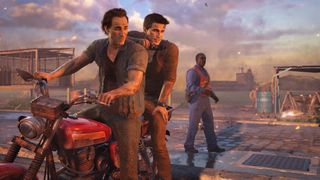
“Things change so fast in the games industry,” says Cooper. “I've heard too many stories of projects being cancelled, studios closing or general layoffs to keep me on my toes and always have as much recent work as possible available to make a demo reel in a bind – with permission of course.
“Even beyond job-hunting though, it's a great way to get your work out there in the animation community outside of the actual finished game on shelves, highlighting your own skills and what you specifically worked on. I find it an almost therapeutic way to put a bow on a years-long game project so I can mentally move onto the next.
14. Don’t forget your website
“Your showreel is really the only part of your portfolio that matters for getting a job as an animator,” reflects Allen. “Ideally, the pieces in your showreel demonstrate your eye for acting, posing, design, and composition. If you've done work in any other categories like life drawing, or illustration or anything, that's great – but keep them in a separate part of your website, rather than your showreel.”
15. Showcase your reel everywhere
“If you’re applying for a job, a personal website is the easiest to share – but a link to your latest reel in your resume is enough,” says Cooper. “I prefer Vimeo over YouTube because of the final render quality and overall cleanliness of the site, but there's nothing stopping you uploading to both. I recommend adding your reel everywhere – even LinkedIn.
Related articles:

Thank you for reading 5 articles this month* Join now for unlimited access
Enjoy your first month for just £1 / $1 / €1
*Read 5 free articles per month without a subscription

Join now for unlimited access
Try first month for just £1 / $1 / €1
Get the Creative Bloq Newsletter
Daily design news, reviews, how-tos and more, as picked by the editors.

Julia is editor-in-chief, retail at Future Ltd, where she works in e-commerce across a number of consumer lifestyle brands. A former editor of design website Creative Bloq, she’s also worked on a variety of print titles, and was part of the team that launched consumer tech website TechRadar. She's been writing about art, design and technology for over 15 years.






